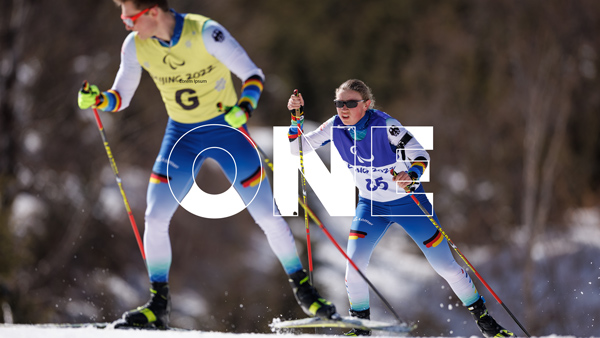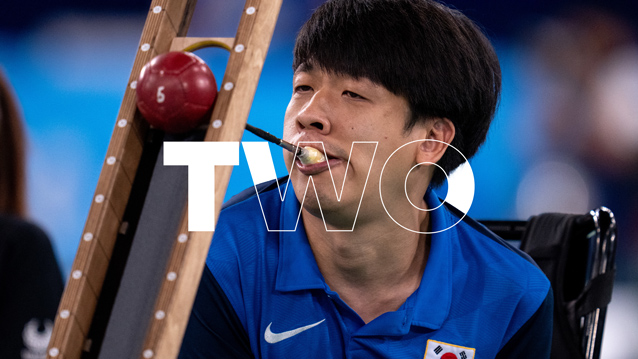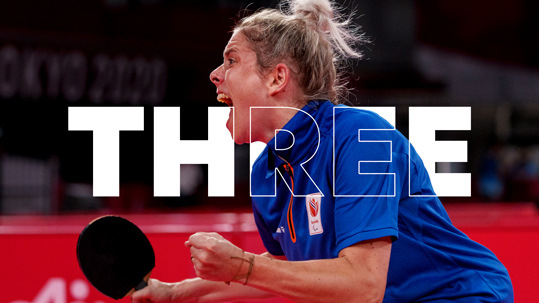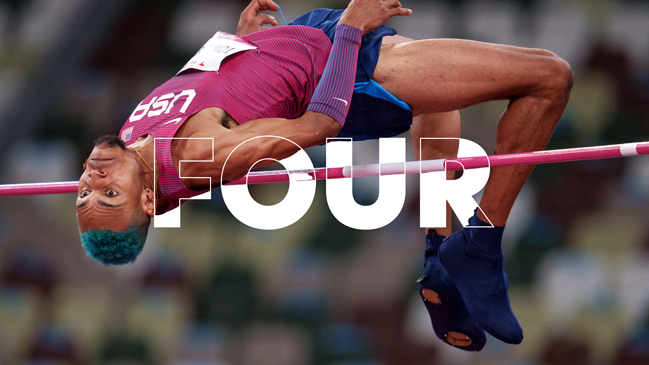Learn about the most important features of Paralympic Classification in this interactive online course provided by the International Paralympic Committee. Whatever your role or interest in Para sport, with four modules to choose from, we invite you to increase your knowledge and contribute to the growth of the Paralympic Movement.
The IPC welcomes feedback on any of the modules or resources featured in this Classification Fundamentals course. To provide your comments, please complete the short form linked to from the button below. Alternatively, you may wish to email us at classification@paralympic.org.
Submit feedbackMost modern web browsers provide automatic translation, which may help you to engage with this course if English is not your preferred language. To use this feature, guidance for some of the most popular web browsers has been provided below.
Please be aware that automatically translated text may contain some inaccuracies, therefore, the English version always remains definitive.



